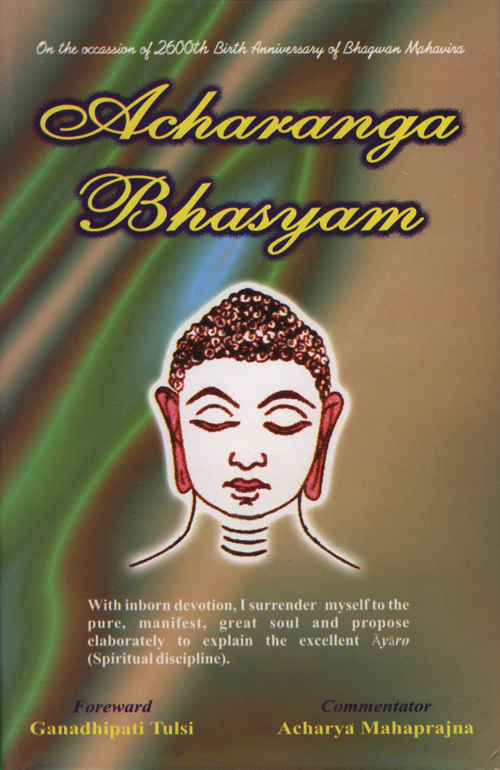There were many doctrines about soul and world in the age of Āgamas, which are mentioned in the eighth chapter of the present Āgama.[1] There were some who believed in the existence of soul and there were others who not. They tried to establish the doctrines by arguments and logic. Lord Mahāvῑra assigned superior position to self-realisation or direct perception of the soul, as what was established by arguments could be rejected by counter-arguments. The reality that was perceived directly could not be refuted by a thousand and one arguments. This was the reason why the Lord attached supreme importance to the way of direct perception. The person possessed of the memory of the past life turns a supporter of the doctrine of soul, as his mind is absolutely free from any kind of doubt or suspicion. The admission of the eternal existence of the soul implies the admission of the doctrines of world, karma and action.
As a result of the memory of past existence, nihilism, ontologic and ethical, is rejected, spiritualism is accepted, and the faith in religion is intensified. Such intensification of faith is endorsed in the Bhagavati [2] where the merchant Sudarśana is said to have intensified his faith and dread of worldly life on being reminded of his past life by Lord Mahāvῑra.
The upholder of the doctrine of soul
The doctrine of the soul has been described in the fifth chapter.[3]
The upholder of the doctrine of the world
The Prakrit equivalent of 'world' is loga which has been used different senses at different places in the present Āgama. It has been used ' the sense of the body,[4] the sensibles,[5] the passions,[6] the soul,[7] the world,[8] the people[9] and so on. It should, therefore, be explained in different ways different places. In the present context, the word stands for the physical universe. The substance soul is devoid of form and therefore is not visible to us. Among the other substances only the material bodies have form and colour and, therefore, these alone are meant by the word 'loga' here. In the Bhagavatῑ Sūtra, the word loga is explained exactly in this sense.[10] Generally, in the Āgamas, the loga is variously defined as the totality of jῑva and ajῑva and so on. But here, those definitions are not applicable.
The meaning of the word loga as given by the Cūrṇi also appears plausible. According to the upholder of the doctrine of loga, the other creatures of the world are considered as real as one's own self. The jῑva and ajῑvas (the substances other than the souls) constitute the loga. The doctrine signified by the word logāvādῑ (the upholder of the doctrine of loga) is to be understood in this sense of the word loga.[11]
The upholder of the doctrine of karma
Through memory of past existence the relation between soul and matter is properly understood. The acquisition of new body by the soul and its transmigration and wandering in different directions is due to its association with the matter. The soul has finer material body composed of material particles, auspicious and inauspicious, accumulated by it through the exertion of its own self-conscious will (adhyavasāya). The material particles are attracted by the activity (karma) of the soul and, therefore, they are called karma. The material body thus formed being the receptacle of those particles, is also designated as karma.
In the doctrine of karma, the ethical theory of retribution is accepted. This is the implication of the sūtra: 'one has to experience himself the consequence of one's own karma’.[12]
The unholder of the doctrine of action
The soul and the karma are related by means of the activity of the soul. The soul relates itself to the karmic particles so long as there are vibratations in it due to the passions of attachment and hatred. The doctrine of karma is thus the outcome of the doctrine of action. A detailed description of the doctrine of action has found place in the present Āgama. The soul with the memory of his past existence clearly understands that there is soul eternal, there is matter, there is association between the two, and there is a cause of the continuity of their association.
taṃ paḍucca paḍisaṃkhāya.See also 5.123-140.
esa āyāvādῑ samiyāe-pariyāe viyāhite.
 Acharya Mahaprajna
Acharya Mahaprajna

